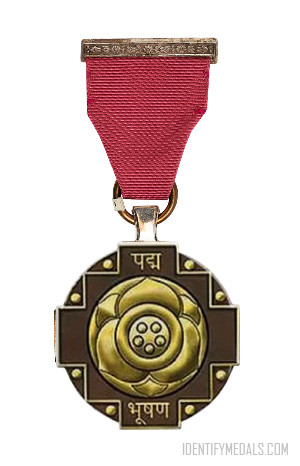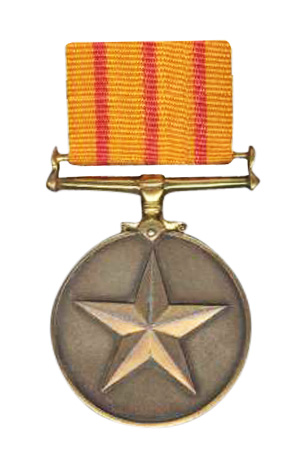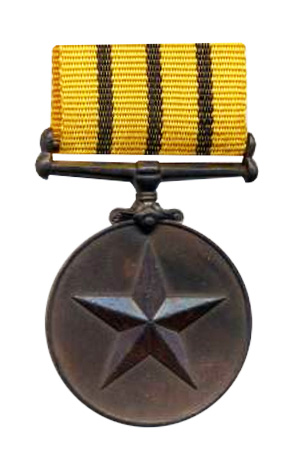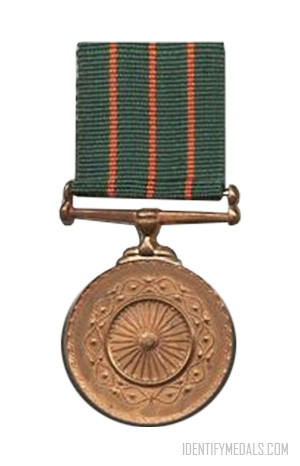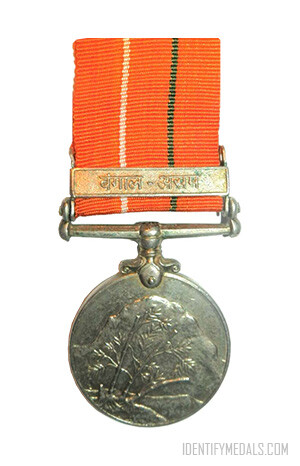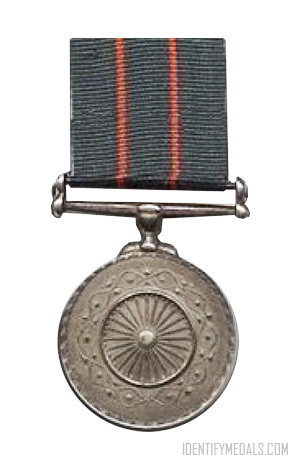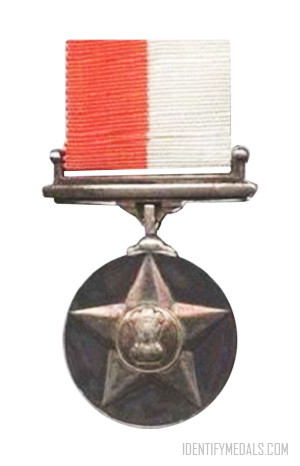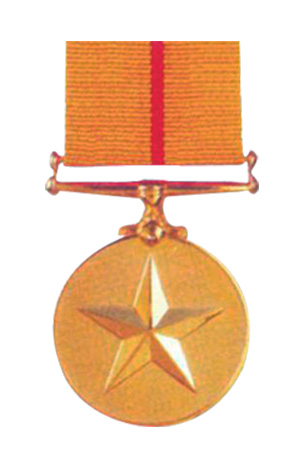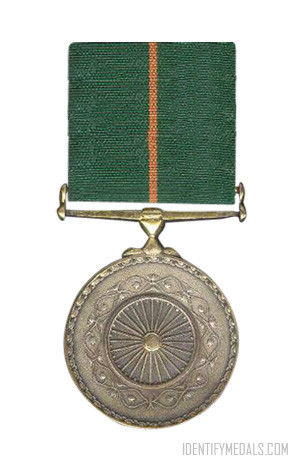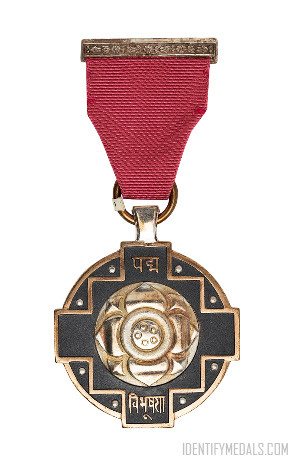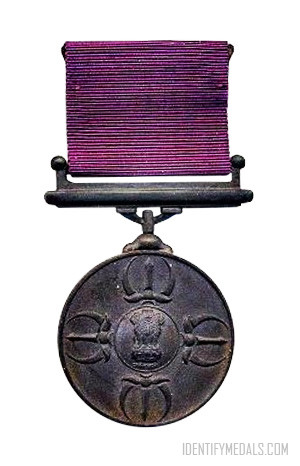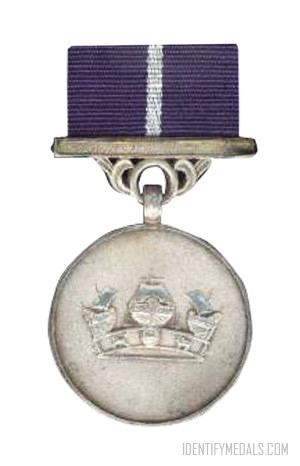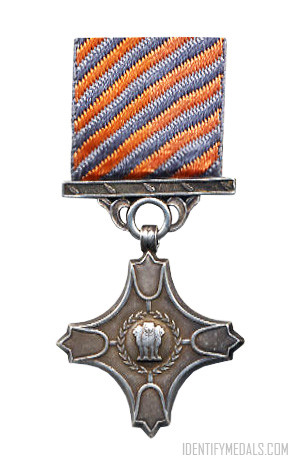The Padma Bhushan Award was established on 2 January 1954 and is the third-highest civilian award of the Republic of India, the first one being the Bharat Ratna and the second the Padma Vibhushan.
The award is given for “distinguished service of a high order…without distinction of race, occupation, position or sex”. This includes service in any field including service rendered by Government servants including doctors and scientists and excluding public sector workers.
Recommendations for the award are submitted between 1 May and 15 September each year to the Prime Minister of India.
The Padma Bhushan Design
The original award from 1954 was specified as a circle made of standard silver and measuring 35 mm (1 3⁄8 inches) in diameter, with rims on both sides.
The obverse had the lotus flower embossed in the center and the inscription “Padma Bhushan” in Devanagari script inscribed above along the upper edge. The bottom edge had an embossed floral wreath. The reverse had the Emblem of India in the center and the inscription “Desh Seva” in Devanagari Script on the lower edge. The ribbon was pink.
In 1955, the design was modified. The current decoration is a circular-shaped bronze-toned medallion measuring 44 mm (1 3⁄4 inches) in diameter. The obverse has a central pattern and a knob carved within each of the outer angles of it. There is also an embossed lotus flower in the center, with the inscription “Padma” written in Devanagari script above and “Bhushan” below it. The reverse keeps the emblem of India and the national motto “Satyameva Jayate” (“Truth alone triumphs”), in Devanagari Script below.
The ribbon or riband is pink and measures 32 mm wide.

